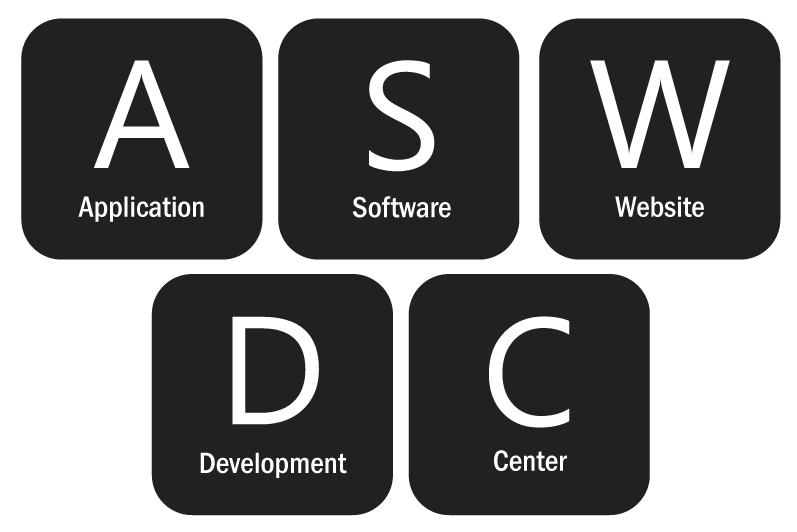Ray Optics & Optical Instruments MCQs
MCQs of Ray Optics & Optical Instruments
| 11. |
If the tube length of astronomical telescope is 105 cm and magnifying power is 20 for normal setting, then the focal length of the objective is _____ cm.
|
||||||||
|
Answer:
Option (d) |
| 12. |
The top sky looks blue in morning hours because, _____ .
|
||||||||
|
Answer:
Option (b) |
| 13. |
A short pulse of white light is incident from air to a glass slab at normal incidence.After travelling through the slab, the first colour to emerge is_____.
|
||||||||
|
Answer:
Option (d) |
| 14. |
Stokes and antistokes lines observed in Raman scattering is due to _____ of light.
|
||||||||
|
Answer:
Option (c) |
| 15. |
A convex lens of focal length 10 cm is used as a simple microscope. When image of an object is obtained at infinite, magnification is _____ Near point for normal vision is 25 cm.
|
||||||||
|
Answer:
Option (b) |
| 16. |
A spherical convex surface separates an object and image spaces of refractive index 1.0 and 1.5 respectively. If radius of curvature of the surface is 25 cm, its power is ______ D.
|
||||||||
|
Answer:
Option (b) |
| 17. |
A light ray is incident at an angle 30° with normal on a 3 cm thick plane slab of refractive index n = 2.0. The lateral shift of the incident ray is _____ cm.
|
||||||||
|
Answer:
Option (a) |
| 18. |
The focal length of an equiconvex lens in air is equal to either of its radii of curvature. The refractive index of the material of the lens is _____ .
|
||||||||
|
Answer:
Option (b) |
| 19. |
Time taken by the sunlight to pass through a slab of thickness 4 mm and refractive index 1.5 is _____ sec.
|
||||||||
|
Answer:
Option (c) |
| 20. |
An image of an object obtained by a convex mirror is n times smaller than the object. If the focal length of lens is f, the object distance would be _____ .
|
||||||||
|
Answer:
Option (c) |

